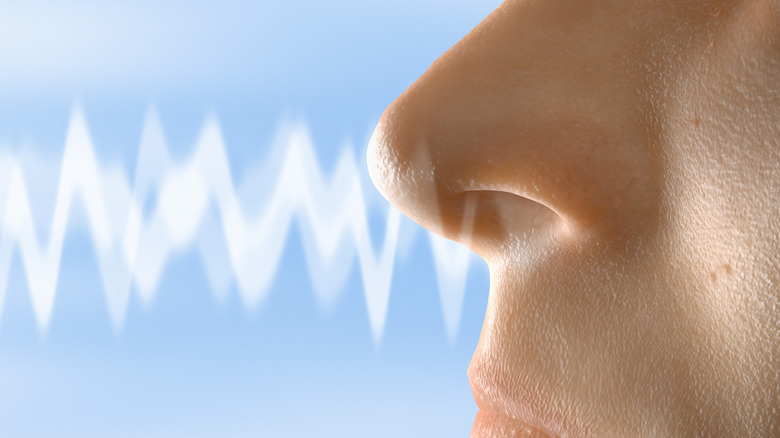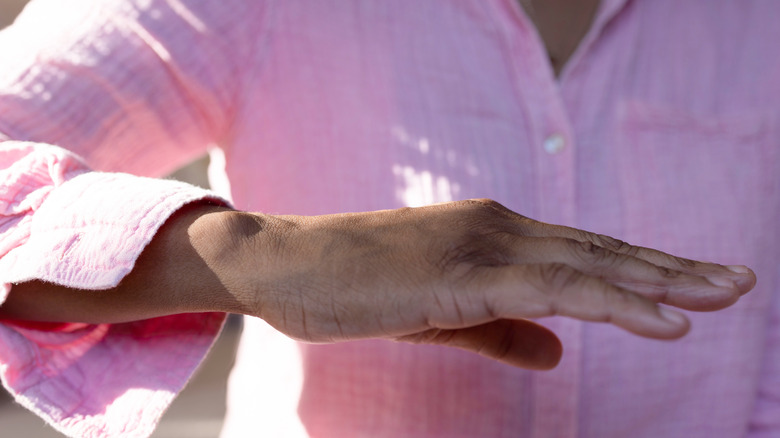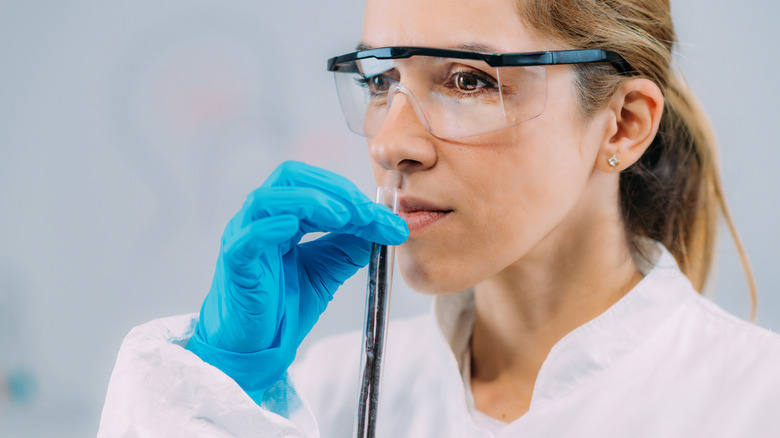The Superhuman Smelling Ability That Could Actually Save Lives
Among all the arts of medicine, perhaps the most important is diagnosis. Without a proper diagnosis, neither can a treatment be established nor a prognosis guessed at. Indeed, to plumb the history of diagnosis is to delve into the history of medicine itself.
The earliest manual of diagnosis yet discovered is the Edwin Smith papyrus written by Imhotep, which dates to 1600 B.C. and may be a copy of a document from 3000 B.C. The Sakikkū tablet from ancient Babylon is from the 1000s B.C. and attributes supernatural causes to most afflictions. Physicians following these texts would rely on touch and sound for their diagnoses. In the Middle Ages, physicians relied on uroscopy — visually, gustatorially, and olfactorily examining urine — to diagnose disease.
With the dawn of modern medicine in the 18th century, the use of the six human senses as a means of diagnosis fell by the wayside as science discovered more accurate ways to diagnose disease. But maybe there was some value to those traditional diagnostic techniques. For example, there's at least one woman who claims she can diagnose Parkinson's disease simply by smell, and science backs up her claims.
The woman who can smell Parkinson's
Joy Milne's world changed when her husband returned home with a "sort of nasty yeast smell," as she described it on the Invisibilia podcast; she just didn't know what it meant yet. At first she thought it was a lack of hygiene, but no amount of cleaning would wash away the smell. 14 years later, her husband was diagnosed with Parkinson's disease at just 45 years old.
For 20 years, Milne and her husband made do with their circumstances, but sometime around 2013, the Milnes decided to attend a Parkinson's support group. When they arrived, Milne was struck by the pungent scent she had been living with for over 30 years. She told her husband, a doctor by profession, after the meeting and they both suspected they were on the cusp of a major discovery, not just because she could smell Parkinson's, but because she smelled it years before symptoms presented.
They brought their suspicions to the attention of a Dr. Tilo Kunath, a specialist who initially dismissed their claims out of hand. It wasn't until he heard about cancer-sniffing dogs that he devised a test for Milne and invited her back to his lab. Dr. Kunath had Milne smell the t-shirts worn overnight by a mix of Parkinson's and control patients. Milne correctly identified all of the Parkinson's patients with only one apparent misidentification in the control group. Less than a year later, the "misidentified" subject was diagnosed with Parkinson's.
How can you smell disease?
To understand what's going on here, it helps to take a step back to understand how olfaction (smell) works. Inside the nose there are millions of specialized neurons that signal the brain whenever they come in contact with particular molecules. There are around 500 types of these odor receptors tuned to detect a specific set of chemicals. What we perceive as smell is a particular combination of these olfactory neurons being triggered.
In the case of Joy Milne, once Dr. Tilo Kunath realized her ability was legit, they set about finding precisely which chemicals were responsible for the Parkinson's scent Milne was experiencing. The culprits were narrowed down to two chemicals, perillic aldehyde and eicosane, which Milne described as being similar to the Parkinson's smell. These chemicals were collected from patients' sebum, an oily substance secreted from the skin that keeps it from drying out. The full study, of which Milne and Kunath were co-authors, was published in ACS Central Science in 2019.
Milne continues to work with researchers today. There is still no definitive test for Parkinson's (although your nightmares may be a clue), but Milne's contributions have pushed the science forward significantly. By establishing that Parkinson's has a smell, new avenues of research have been opened up, and it seems that the promise of early detection is just over the horizon.


